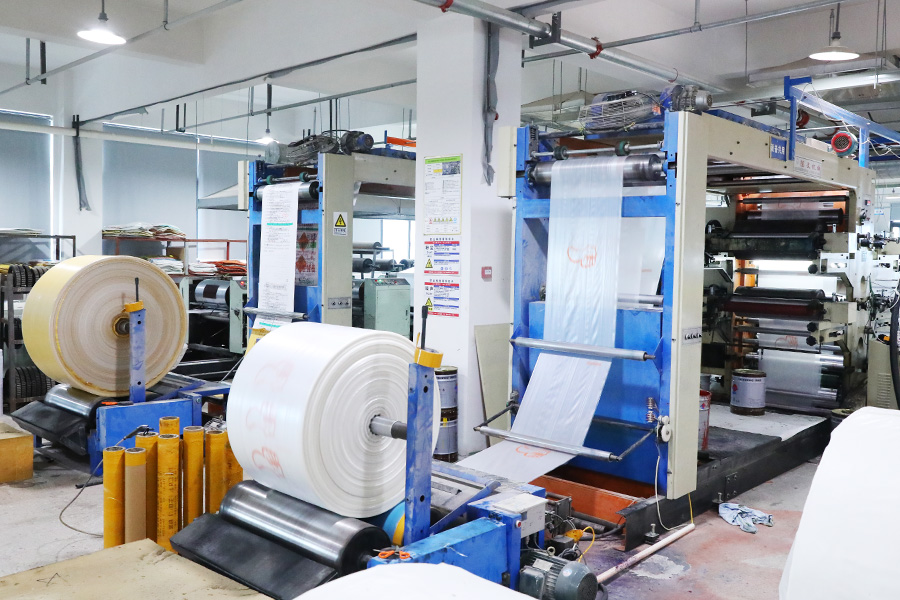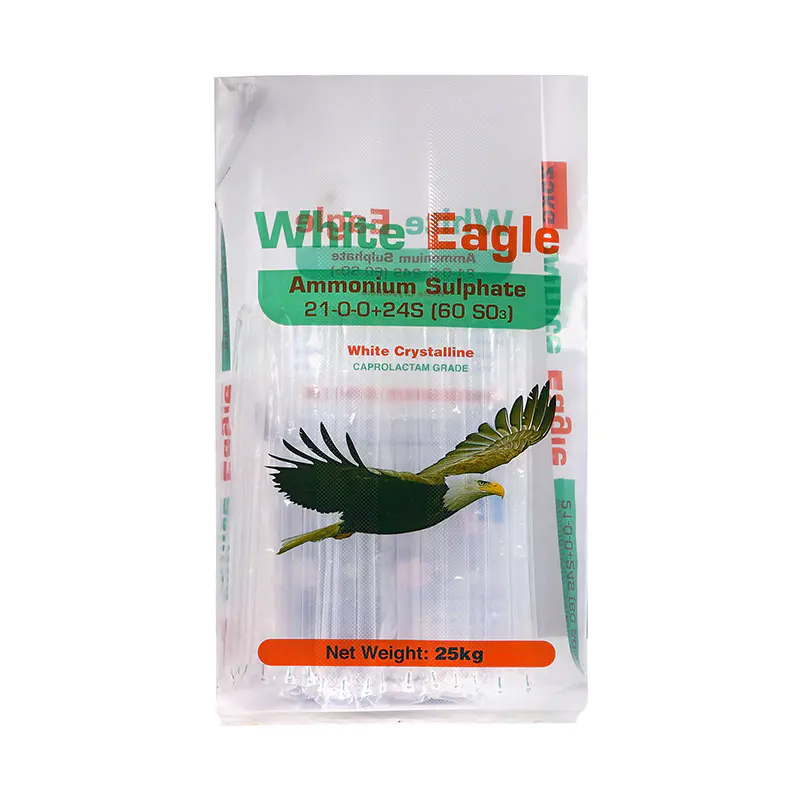Email us now!
As environmental concerns become more central to global business practices, the packaging industry is undergoing a significant transformation. Among the materials experiencing this shift are Woven Polypropylene Bags, which are gaining renewed attention for their durability and reusability. These bags, commonly used in agriculture, construction, and retail sectors, are being reassessed not only for their performance but also for their environmental footprint.

Sustainability in packaging is no longer a secondary consideration—it is a driving factor in purchasing and production decisions. Companies across different industries are increasingly seeking materials that balance functionality with ecological responsibility. In this context, Woven Polypropylene Bags are being adapted to meet new standards in recyclability and reusability, offering a more environmentally conscious alternative to traditional single-use solutions.
One of the major developments reshaping the market is the integration of recycled materials into the manufacturing process. By incorporating post-consumer or post-industrial polypropylene, manufacturers are reducing the dependency on virgin resources. This change supports a circular economy approach, in which waste is lessd and materials are repurposed for continued use. The re-engineering of Woven Polypropylene Bags to include recycled content also opens new opportunities for innovation in production techniques and quality control.
Alongside these changes, the demand for printed plastic packaging bags is also evolving. While these bags have long been valued for their branding potential and visual appeal, new sustainability benchmarks are prompting manufacturers to rethink the inks, adhesives, and films used in their production. Water-based inks and recyclable film substrates are becoming more common, allowing printed plastic packaging bags to align more closely with environmental expectations.
Consumer awareness is another key factor in this shift. End users are becoming more informed about the environmental impact of packaging materials, influencing manufacturers and retailers to modify their packaging strategies. Both Woven Polypropylene Bags and printed plastic packaging bags are now being designed with clearer disposal guidance, extended usability, and lessd material waste in mind.
Regulations are also playing a role. In several regions, packaging standards are being revised to support waste reduction and recycling goals. Compliance with these new frameworks often requires companies to redesign products or adopt alternative materials. For example, some manufacturers are enhancing Woven Polypropylene Bags to make them easier to recycle, even integrating QR codes or printed instructions that inform users about proper disposal or reuse options.
In the commercial sector, printed plastic packaging bags are adapting to new consumer preferences. There's a growing emphasis on clarity, utility, and recyclability in design. The aesthetics of packaging remain important, but they are now being developed in conjunction with environmental messaging and reduced material complexity. This balance is especially significant for brands that want to convey responsibility without compromising product presentation.
One of the challenges still facing the industry is infrastructure. While Woven Polypropylene Bags can be reused multiple times and are technically recyclable, not all recycling facilities accept them. Similarly, the materials used in printed plastic packaging bags can vary in compatibility with recycling systems. As a result, progress in sustainable packaging must be supported by investment in waste processing and consumer education.
Despite these challenges, the direction of the industry is clear. More companies are investing in research and development to make Woven Polypropylene Bags lighter, stronger, and easier to process after use. At the same time, the production of printed plastic packaging bags is becoming more aligned with low-impact manufacturing principles, including energy efficiency and waste reduction.
The shift toward sustainability is not a trend that will fade; it is becoming a core element of how packaging is conceived, produced, and consumed. As this evolution continues, both Woven Polypropylene Bags and printed plastic packaging bags are poised to play essential roles in building a more responsible and resource-efficient packaging ecosystem.

 English
English русский
русский Español
Español عربى
عربى Türk
Türk







